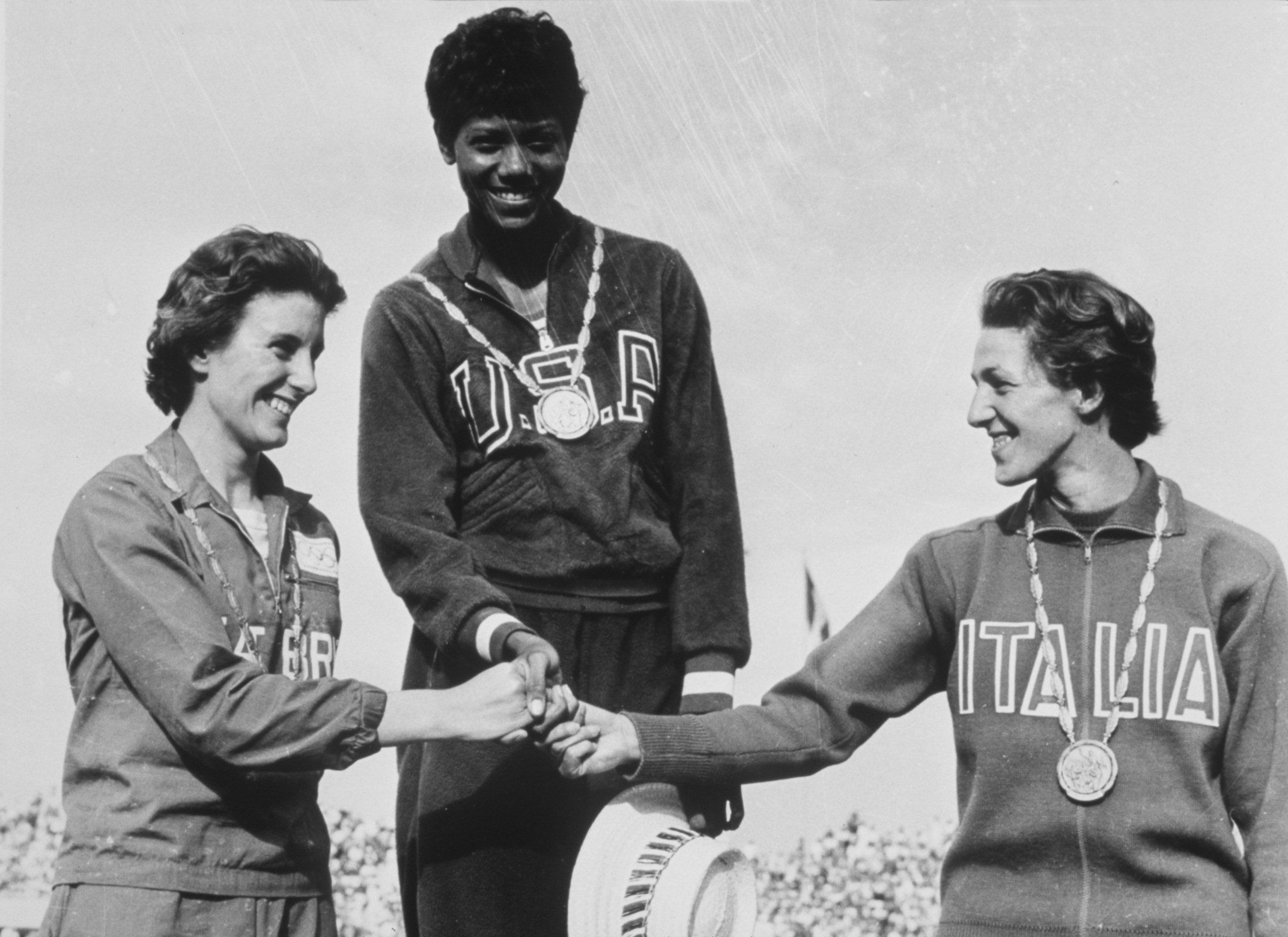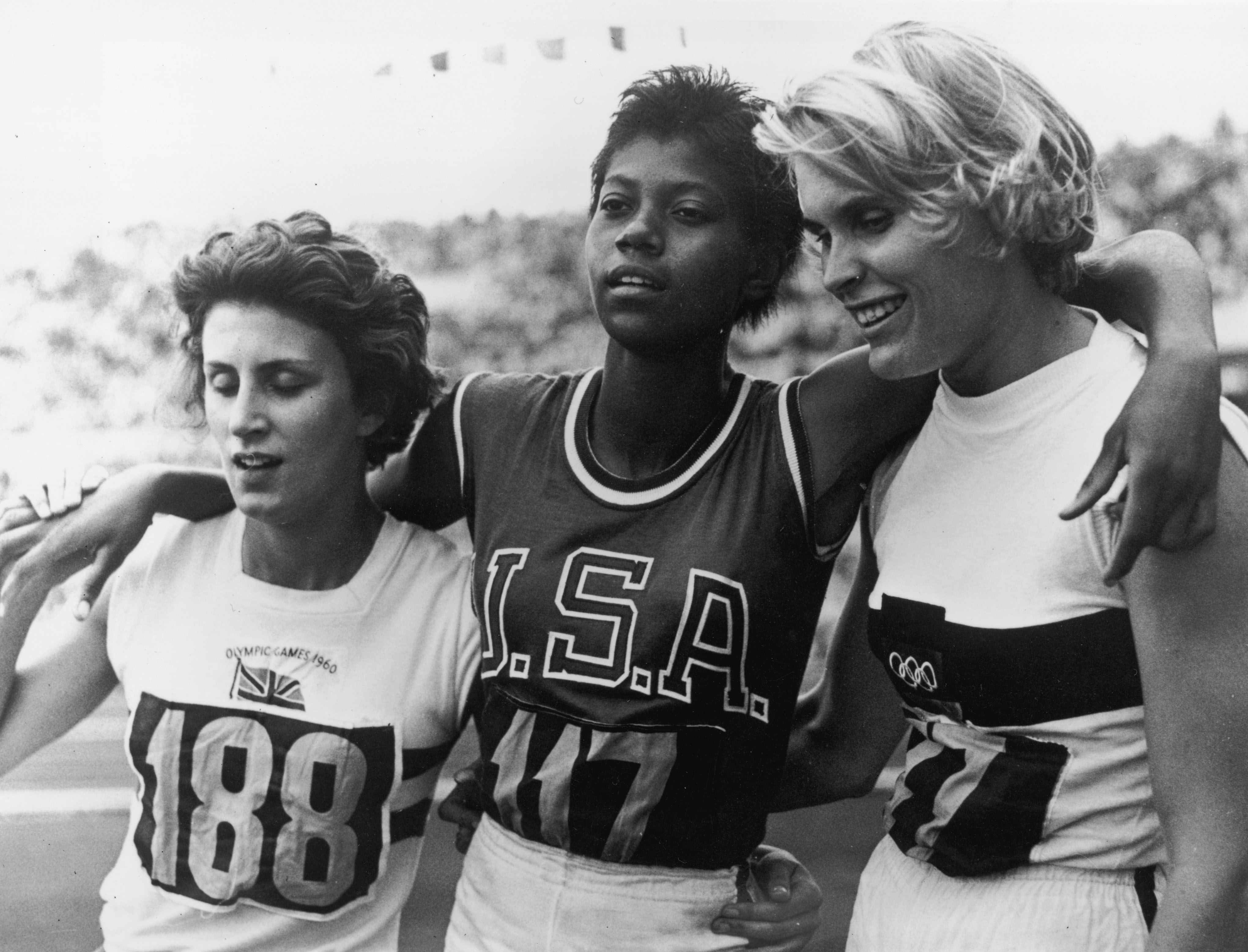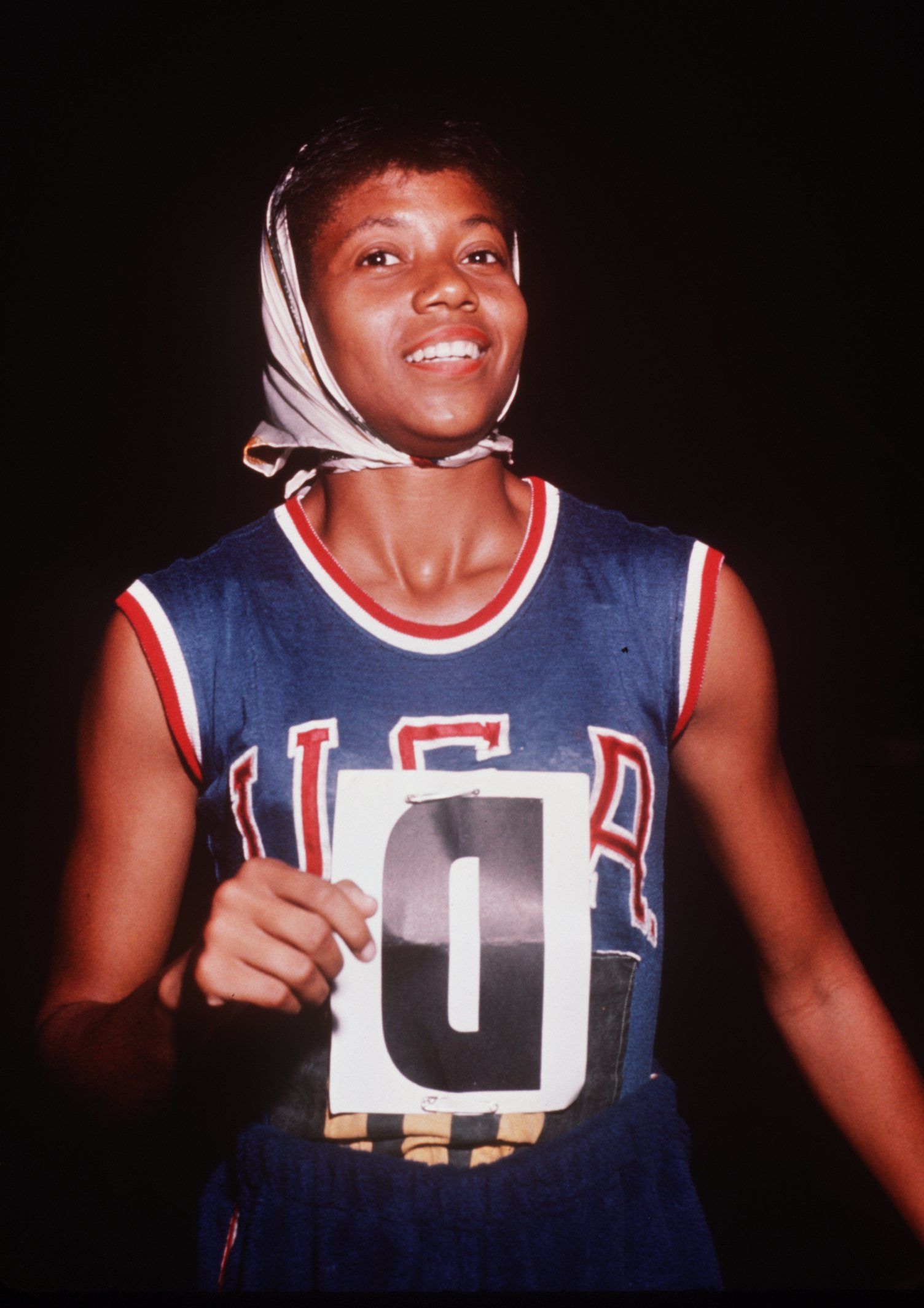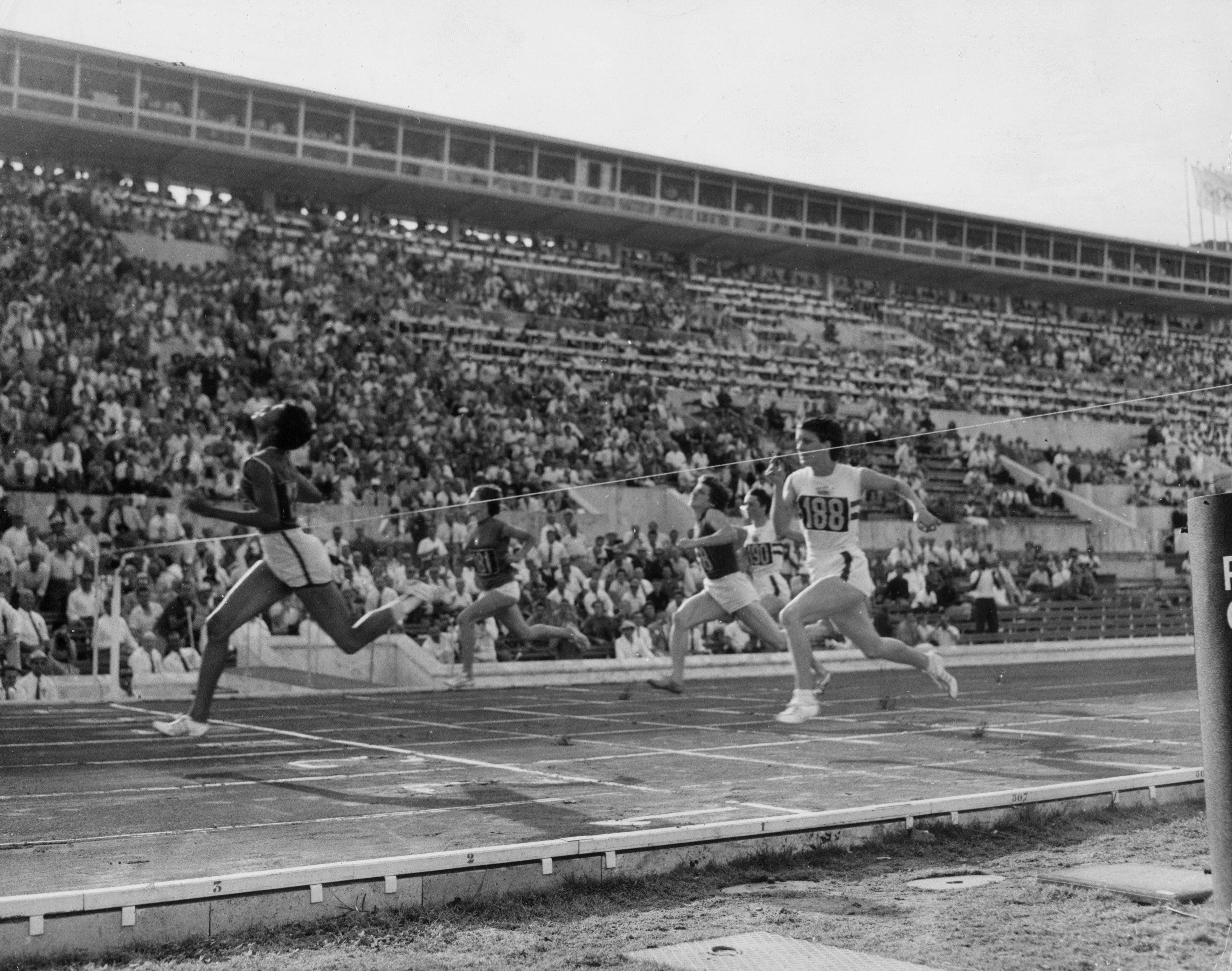As a child, American sprinting legend Wilma Rudolph was told she would never walk again.
The youngster had contracted polio at the age of five, losing the strength in her left leg and foot. But, despite having to wear a leg brace until the age of 12, Rudolph went on to become the world record holder in the women’s 100 and 200 metres.
GiveMeSport Women looks back on Rudolph’s life in full, detailing how the icon overcame adversity to become one of the best track and field talents the world has ever seen.
Overcoming childhood illness
Rudolph was born on June 23rd, 1940, in Tennessee. She suffered from a number of early childhood illnesses, including pneumonia, scarlet fever, and polio. It was the latter that would prove to be the most harmful, with Rudolph left physically disabled for most of her young life.
She was treated at Meharry Medical College and received daily massages from her numerous siblings, both of which helped the future star make a full recovery by the age of 12.
Rudolph soon began playing sports, taking up basketball and athletics. Her natural talent in both was clear to see, but it was in track and field that she really excelled.
Aged 14, Rudolph began a training programme at Tennessee State University. Just two years later, she was representing the US at the Melbourne 1956 Olympic Games.
Olympic glory
A 16-year-old Rudolph attended the US Olympic trials in 1956, earning a place in the 200m. She was the youngest American athlete to qualify for the Games.
Rudolph lost in the preliminary heats of the 200m in Melbourne, but ran alongside Isabelle Daniels, Mae Faggs and Margaret Matthews in the 4x100m relay.
The quartet, who all trained at Tennessee State University, finished with a silver medal. Once back home, Rudolph showed off her medal to her school friends and plotted how to get her hands on gold at Rome 1960.
In 1958, Rudolph became pregnant with her first child, Yolanda, but this did not stop her preparations for the upcoming Olympics.
In fact, in 1960, Rudolph set a 200m world record of 22.90 seconds at the US Olympic trials. She also qualified to compete in the 100m at the Games.
Once in Rome, Rudolph’s life changed forever. She clinched gold in the 100m, 200m and 4x100m, becoming the first American woman to win three gold medals at a single Olympics.
Due to the worldwide television coverage of Rome 1960, Rudolph became extremely popular, gaining as much worldwide fame as legendary boxer Muhammad Ali.
Shock retirement
In 1962, Rudolph was on top of the world. She had broken the 100m world record at Rome 1960, and still held the record in the 200m.
Following her Olympic success, Rudolph had appeared on chat shows in the US, and was the subject of a ten-minute documentary film in 1961.
The star subsequently shocked the world when she announced her retirement in 1962, aged just 22. Rudolph claimed she wanted to quit while she was still ahead.
"If I won two gold medals, there would be something lacking,” she said, according to ESPN. I'll stick with the glory I've already won like Jesse Owens did in 1936.”
After retiring, Rudolph went back to Tennessee State University and earned a bachelor's degree in elementary education. She shifted to a career in teaching and coaching, establishing the Wilma Rudolph Foundation in 1981.
Rudolph was sadly diagnosed with brain cancer in 1994, and her condition deteriorated rapidly. She died on November 12th, 1994, aged just 54.
Civil rights trailblazer
During her illustrious life, Rudolph was viewed as a pioneer for civil rights. Her success on the Olympic stage made her one of the “most highly visible black women” across the US and the world.
When Rudolph returned from Rome in 1960, her hometown of Clarksville celebrated "Welcome Wilma Day”, with a full day of festivities planned.
On Rudolph’s insistence, the homecoming parade became the first fully integrated municipal event in the city's history.
In May 1963, Rudolph participated in a civil rights protest in Clarksville to desegregate one of the city's restaurants.
The mayor soon announced that the city's public facilities, including its restaurants, would become fully integrated.
Wilma Rudolph was truly a trailblazer, both on and off the track.






















